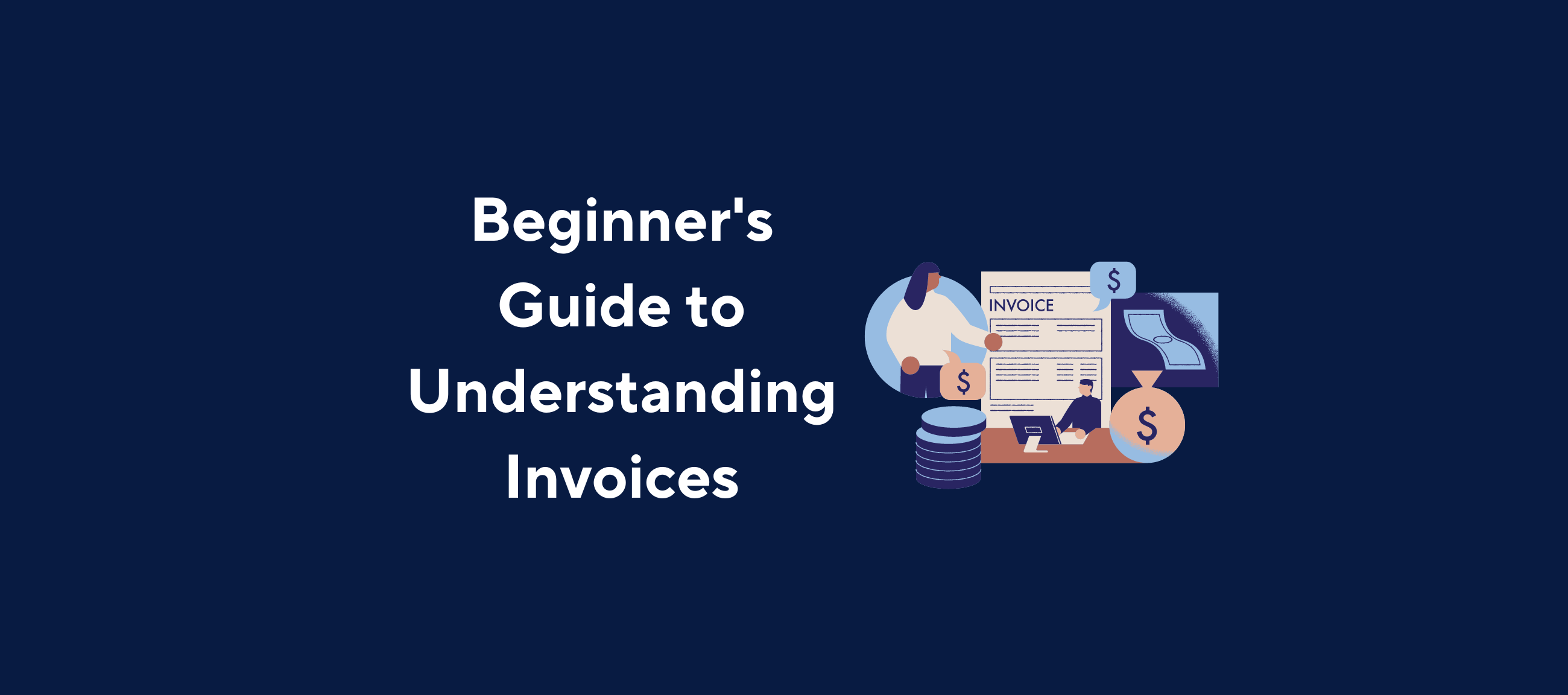In today’s economic climate, efficient cash management is more important than ever for businesses looking to thrive. In a recent webinar, finance experts shared actionable strategies for enhancing the cash conversion cycle (CCC) and optimising cash flow, helping companies to maintain liquidity, reduce debt, and invest in growth. Here are some of the key takeaways and best practices for transforming your cash flow strategy.
Understanding the Cash Conversion Cycle (CCC)
The cash conversion cycle measures how long it takes for a business to convert its investments in inventory and resources into cash flows from sales. By shortening the CCC, businesses can improve their liquidity, reduce financing needs, and make more capital available for growth.
Breakdown of the CCC: The cycle includes three primary components—Days Inventory Outstanding (DIO), Days Sales Outstanding (DSO), and Days Payable Outstanding (DPO). Each component provides insight into where cash flow improvements can be made:
DIO: Measures how quickly inventory turns into sales.
DSO: Tracks the time it takes to collect payments from customers.
DPO: Shows how long a company can defer payments to suppliers.
Key Insight: Companies with a shorter CCC can reinvest cash more quickly, giving them an edge in scaling their business efficiently.
Reducing Days Inventory Outstanding (DIO)
One of the most effective ways to enhance CCC is by optimising inventory management. By reducing DIO, companies can free up cash tied in inventory, minimising storage costs and reducing the risk of unsold goods.
- Forecast Demand Accurately: Use data-driven forecasting to align inventory levels with demand. This minimises overstocking and lowers holding costs.
- Implement Just-in-Time (JIT) Inventory: Adopting JIT principles can help reduce excess stock, allowing for a quicker inventory turnover.
- Leverage Technology: Inventory management software can provide real-time insights, allowing you to adjust inventory levels swiftly in response to demand changes.
Accelerate Days Sales Outstanding (DSO)
Shortening DSO improves cash flow by accelerating the receipt of payments from customers. Here are strategies to reduce DSO:
- Streamline Invoicing and Payment Terms: Send invoices immediately after service or delivery, and consider offering early payment discounts to incentivise faster payments.
- Automate Payment Collection: Automated billing systems reduce delays and simplify payment tracking, while also making the process convenient for customers.
- Implement Credit Policies: Conduct credit checks to ensure clients’ payment reliability and set clear terms, minimising the risk of bad debt.
Extend Days Payable Outstanding (DPO) Strategically
Increasing DPO, or the time you take to pay suppliers, allows businesses to retain cash longer. However, be mindful to avoid straining supplier relationships.
- Negotiate Supplier Terms: Engage in discussions with suppliers to extend payment terms, aligning them with your revenue cycle for better cash flow management.
- Prioritise Key Suppliers: Identify which suppliers are flexible with payment terms and build strong relationships with them for mutual benefit.
- Consider Supplier Financing Options: Explore vendor financing programs that allow for deferred payment options, giving you additional time to collect on sales.
Monitor and Optimise Cash Flow Regularly
Cash flow optimisation isn’t a one-time event; it’s an ongoing process that requires close monitoring.
- Leverage Cash Flow Forecasting: Create forecasts that consider expected inflows and outflows, enabling proactive adjustments based on anticipated cash needs.
- Set Performance Metrics: Track CCC and other relevant metrics, such as cash flow from operations, to evaluate the effectiveness of your cash management strategies.
- Use Technology for Cash Flow Analytics: Cash flow management tools provide valuable insights into your financial performance and help identify opportunities to further optimise the CCC.
Conclusion
Optimising the cash conversion cycle is essential for any business focused on sustainable growth. By reducing inventory holding periods, accelerating collections, and strategically extending payables, you can achieve greater cash flow efficiency and strengthen your company’s financial health.
Atradius
Atradius is a global leader in credit insurance, surety, debt collection, and business information services. Operating in over 50 countries, they help businesses protect against non-payment risks and trade confidently. By leveraging advanced data and market insights, Atradius enables clients to manage risk, improve cash flow, and drive growth.
About Kolleno
Kolleno is an all-in-one AR management platform, seamlessly integrated with NetSuite. It offers a comprehensive suite of tools to automate invoice tracking, payment reminders, and collections, making it easier for businesses to manage their cash flow. Founded with the mission to help businesses get paid faster, Kolleno leverages the latest and most advanced technology, including AI and machine learning, to bring efficiency to AR management.










